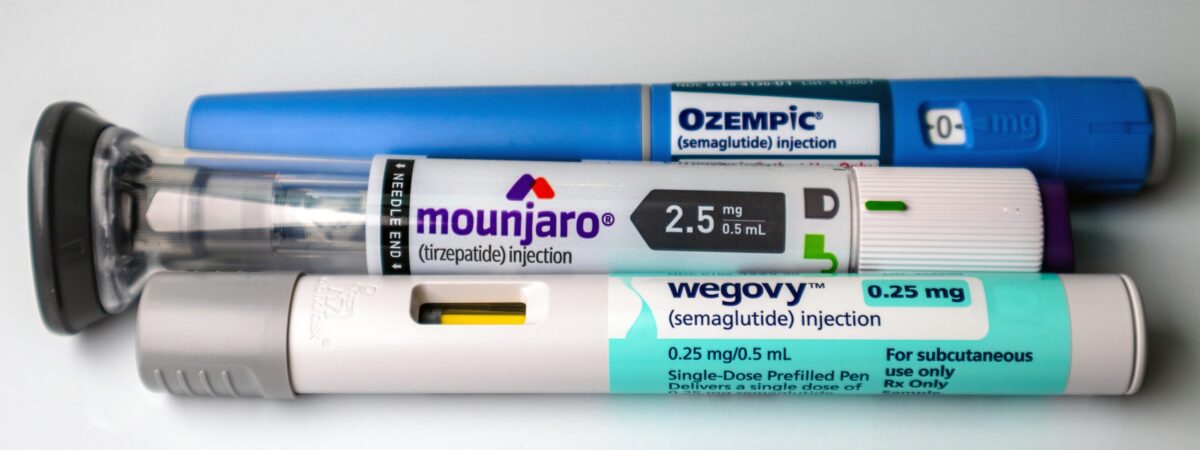The National Institutes of Health (NIH) have supported a study which suggests that fetuses with swollen ventricles may be less likely to benefit from in utero surgery to treat spina bifida. Those fetuses with enlarged fluid-filled brain cavities were more likely to require a second surgery to correct the defect, after birth.
Although the surgery is necessary in order to reduce the pressure build-up within the brain, there are significant risks associated with the procedure, both for mother and child. The recommendation that fetuses with enlarged ventricles receive corrective surgery following birth, was made following data analysis from the NIH’s Management of Myelomeningocele (MOMS) study.
Spina bifida is characterized by the failure of the spinal column to close around the spinal cord during prenatal development. Myelomeningocele is the most severe form of the disease in which the spinal cord protrudes through an aperture in the spine. Symptoms range from muscle weakness to paralysis below the spinal opening, and patients may require an assistive device – such as a wheelchair – in order to get around.
Researchers from the MOMS study announced in 2011 that in utero surgery to correct the spinal defect reduced the future need to implant a shunt, which would be necessary reduce the life-threatening hydrocephalus. However, recent analysis of the MOMS study data revealed that fetuses with enlarged ventricles were just as likely to require shunt placement surgery within a year after birth, even if they received the spinal corrective surgery while in the womb.
According to Dr. Rosemary Higgins, of the Pregnancy and Perinatology Branch at NIH’s Eunice Kennedy Shriver National Institute of Child Health and Human Development (NICHD), and the supervisor for the study, “These results indicate that physicians should proceed with caution before recommending in utero surgery for a fetus with enlarged ventricles.” The study results were published in the Journal of Neurosurgery: Pediatrics.
The results of the study indicated that surgery in utero increased the likelihood that those infants would go on to walk without the assistance of crutches or other devices. Those patients who received fetal surgery also had higher test scores for mental and motor development at 30 months of age.
“A major rationale for performing the surgery is to avoid having to place a shunt later on. If it’s likely that a second surgery will be needed anyway, then it doesn’t appear that the potential benefits of an initial fetal surgery outweigh the risks,” said Higgins. The surgery also carries risks for both mother and baby; infants who underwent fetal corrective surgery were at risk of being born preterm, and mothers who went through the procedure were at risk of the surgical scar rupturing during subsequent pregnancies.
As a result of the study, the researchers were able to identify that fetuses with ventricles smaller than 10 mm in diameter are great candidates for in utero surgery. In contrast, fetuses with a ventricular diameter of 15 mm of more, received no benefit, in relation to the future necessity of placing a shunt.
Sources:
- Scan may identify best candidates for fetal spina bifida surgery – http://www.sciencedaily.com/releases/2015/09/150915090407.htm
- Tulipan, N., Wellons, J., Thom, E., Gupta, N., Sutton, L., Burrows, P., Farmer, D., Walsh, W., Johnson, M., Rand, L., Tolivaisa, S., D’alton, M., and Adzick, N. (2015). Prenatal surgery for myelomeningocele and the need for cerebrospinal fluid shunt placement. J. Neuros-Pediatr.












Join or login to leave a comment
JOIN LOGIN